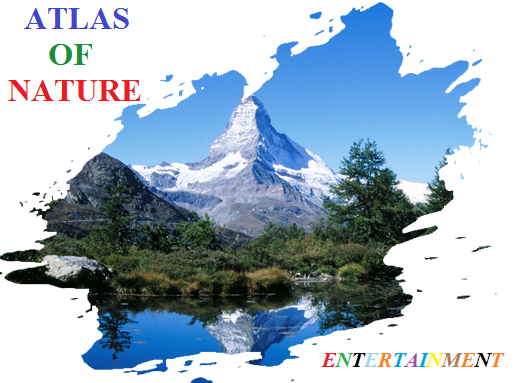The Atlas of Nature, Is a comprehensive geographical reference tool that provides a detailed overview of the region's physical and human geography. The Atlas includes detailed maps, charts, and graphs that cover various aspects of the Kpk landscape, people, economy, and culture.
The Atlas of Nature provides a wealth of information on the region's geography, including
its topography, climate, hydrology, and vegetation. The Atlas also includes
information on the region's human geography, including its population,
settlements, and cultural diversity. The Atlas is an invaluable tool for
researchers, planners, and policy-makers who want to understand the region's
physical and social characteristics. One of the key features of the Atlas of Nature is its detailed maps. The maps cover various scales and themes,
including topography, land use, transportation, and population distribution.
The maps are accompanied by detailed legends that provide information on the
symbols and colors used on the maps.
The Atlas of Nature also includes sections on the region's economy, culture, and history.
These sections provide an overview of the region's economic activities,
including agriculture, industry, and services. The culture section provides
information on the region's languages, religions, and traditions. The history
section covers the region's political and social history, from ancient times to
the present day.
The Atlas of Nature is an important resource for anyone
interested in the region's geography, culture, and history. It provides a
comprehensive overview of the region's physical and human geography and is an
invaluable tool for researchers, planners, and policy-makers.


0 Comments